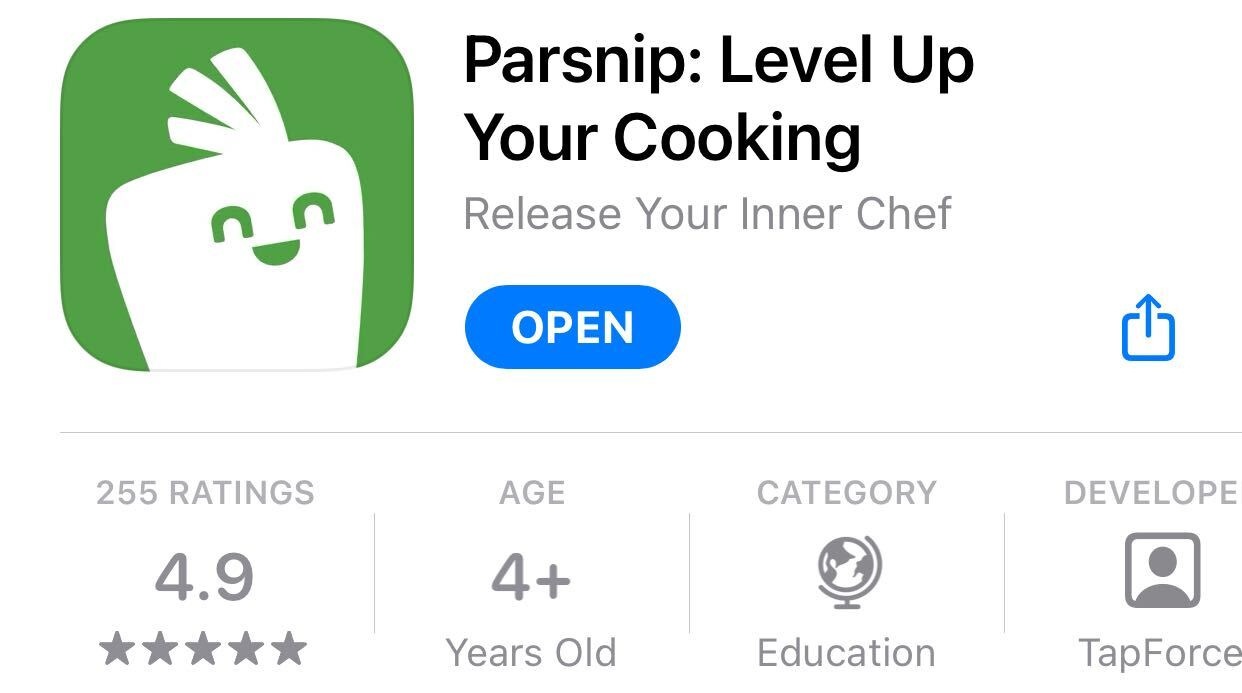How's Parsnip doing on product-market fit ❓
Over 30,000 downloads and 1.75 million questions answered
In January, Parsnip hit a record number of monthly active users — almost 14k:
One delightful surprise from writing this Substack and telling the story of building Parsnip is that a growing number of founders and other sharp startup folks are reading it. So, I’d love your help to dig into our product metrics and weigh in on how we’re doing.
In the rest of this article, let’s take a look at some key stats in 5 areas:
user acquisition
activation
retention
qualitative feedback
the “Sean Ellis” test
Know anyone that would want to weigh in? Please share this memo with them!
User Acquisition
One benefit of building a product that meets a market need is that the market pulls it out of you. And that’s certainly been true for Parsnip.
It's only been 7 months since we've launched the Parsnip iOS and Android apps to the public, but so far we have reached:
30,000 downloads and 6,000 accounts created
250,000 levels completed and 1.75 million questions answered
and all with almost1 no paid marketing.
As Parsnip has continued to improve, third parties have recognized its value too. A minor feature in the App Store garnered us 4,000 installs in one week, and an errant Reddit post triggered over 5,500 installs a bit after that.
Parsnip users have answered 1.75M questions and counting so far (yes, that’s 600k more than 4 weeks ago), and the slope of this line continues to increase, which is awesome.
Activation
We’ve previously shared the stat that 44% of new users do 6 or more levels in Parsnip, a clue that the app delivers immediate value.
But what’s also interesting is that while creating an account to use Parsnip is totally optional, in our recent cohort 32% of the 5,035 users who started onboarding created an account. That’s over double the rate of our earliest cohorts.
Another activation stat we track is when users complete all the levels in a dish. This is currently around 20%, and a great time to prompt users to write a review (see below).
Retention
The best way to measure if we’re providing value to users is whether they keep coming back. And they certainly do: currently we’re seeing weekly retention consistently around 20–25% as long as 4 months from first use.
Qualitative Feedback & Reviews
Aside from all the charts, some of the most compelling evidence comes from what our users are actually saying. Parsnip currently has 4.9⭐ on iOS…
and 4.9⭐ on Android as well, each with over 250 ratings:
Our users say some awesome, energizing things, but here are some recent hits:
If you’re curious, you can check out some more testimonials of product love, or just read what folks are writing on the App Store / Play Store!
The “Sean Ellis” PMF survey
The final piece of evidence we have is the “Sean Ellis test”2, where you ask active users of a product how disappointed they would be if they could no longer use use it. If over 40% would be “very disappointed”, then that’s a signal of PMF. We collected 70 responses over a couple of days and ended up around 43%:
One upshot of this survey is that most of the “somewhat disappointed” users just want more content and more things to learn (which we’re cranking out as fast as we can manage with the help of ChatGPT).
Looking back on our journey, one of the things that’s most surprising about where we stand is that we’ve somehow figured out to how to effectively teach cooking through an app—and one with barely any videos at that. Many of the ex ante “obvious” assumptions about the market seem to be wrong3. And with a remarkably simple product, Parsnip users are becoming more confident in the kitchen, and many are actually cooking.
So, where do you think we are on product-market fit? Please share your thoughts!
Well, we spent $665 on some TikTok videos that we didn’t actually use, so in fairness we had a CPI (cost per install) of $0.02.
Recently repopularized by Superhuman in First Round Review.
Some of these likely wrong assumptions include that (a) people are mostly lazy and just want convenience (this is quite a dim view of humankind); (b) there is a limited market of people who want to learn to cook (it’s actually huge and seriously underserved), and (c) it’s impossible to teach cooking without videos (though, they will certainly help in the future!)













So good! Always excited to see Parsnip going far